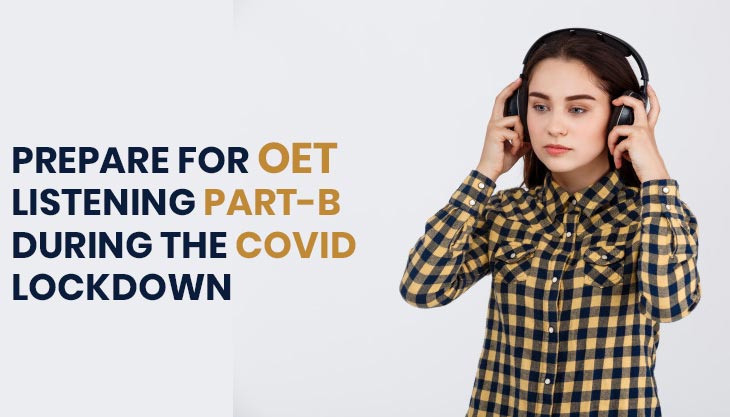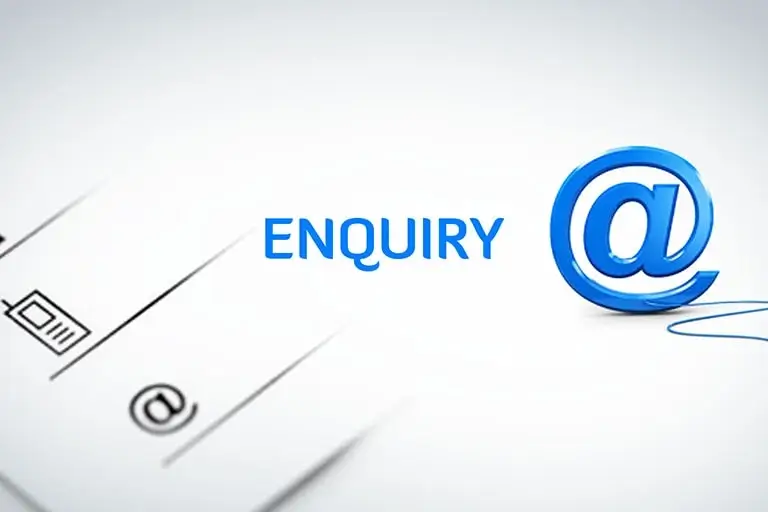For healthcare professionals seeking to register and practice in primarily English-speaking countries, or for academic purposes, OET certification is an essential first step. It is a test that qualifies you as proficient in the English language for professional use.
Here at Hurray, we offer the best online OET coaching guaranteed to help you gain success in the exam! Individual-oriented and flexible, and bolstered by our 8 years of experience, you will find our OET online course to be well-suited to your needs – with the benefit of accessing it from wherever you are!
Over a set of blog posts, we will break down the OET listening test for you – along with a few tips and strategies suggested by our experienced and expert trainers, spearheading our OET online training programme.
*Update for Covid-19: For all of you staying home, we are here to assist you with your OET preparation during lockdown. All of our blog content can be used as frameworks guiding your practice and study efforts – so you can make the most of this time!
About the Listening Test
The test is designed to test your ability to process information in English via Listening, in general healthcare environments/situations. Unlike the Writing and Speaking tests, this test is not profession-specific.
It consists of 3 parts with a total of 42 questions. For all 3 parts together, the total time limit is 50 minutes.
Check out our Top Tips For OET Listening Part A During Covid Lockdown. Here, we will discuss Part B.
Part B: Short workplace extracts
It consists of recordings of verbal exchanges in the workplace. Based on each recording, you have to answer one multiple-choice question. It is designed to test your ability to identify detail, gist, opinion or purpose – all of which are integral to healthcare workplace communication.
The test consists of 6 recordings, each of about 1 minute’s duration. Based on each recording you will have to answer 1 multiple-choice question.
P.S. the context of each recording may be related to any one of the 12 professions covered by OET.
P.P.S. The recorded voices may reflect varying accents – most commonly British, American and Australian, but also others like Irish, South African etc. This is meant to be a reflection of the global nature of the healthcare workforce.
Examples
To help acquaint you with the OET Listening test, we are using genuine OET material. To hear the sample extracts in full, refer to the given links (you may have to skip forward to the relevant part).
-
You hear an optometrist talking to a patient who’s trying contact lenses for the first time. What is the patient concerned about?
-
his blurred vision
-
soreness in his eyes
-
how to remove the lenses
-
You hear a nurse asking a colleague for help with a patient. Why does the nurse need help?
-
The patient’s condition has deteriorated.
-
The patient is worried about a procedure.
-
The patient is reporting increased pain levels.
-
You hear a senior nurse talking about a new initiative that has been introduced on her ward. What problem was it intended to solve?
-
patients’ confusion over information given by the doctor
-
relatives not being able to discuss issues with the doctor
-
patients not discussing all their concerns when meeting the doctor
-
You hear a patient talking to a dental receptionist. How does he feel?
-
worried that he may have damaged a filling
-
disappointed that he can’t be seen immediately
-
nervous about being treated by a different dentist
-
You hear part of a presentation to nursing staff about an extension to visiting hours. What is the speaker doing?
-
detailing the benefits of the planned change
-
reassuring them that their workload won’t increase
-
explaining steps they should take to avoid problems
-
You hear a surgeon discussing a patient with a nurse in the recovery ward. What is the surgeon concerned about?
-
incomplete results from lab tests
-
possible post-operative side effects
-
the patient’s level of consciousness
Tips for preparation
1. Honing key language skills
-
Listening and language comprehension skills: For this test, familiarising yourself with various accents and the pronunciations of different words is required.
-
Build your vocabulary: Vocabulary skills involve knowing a large number of words, what they mean, spellings and appropriate use – both related to your profession, as well as colloquial vocabulary.
-
Grammar skills: Grammar skills are necessary in order to help you decipher sentence structures and the various nuances of speech, in order to interpret meanings accurately during the listening test.
The best ways to develop the above skills, involve
-
exposing yourself to English in use in various audio formats – including particularly television and online videos (ensure that you also choose such material from a number of different countries, in order to get used to different accents)
-
reading plenty of material, including medical texts, journals, textbooks and so on, as well as informative books/magazines/online resources where good English is bound to be used
-
and finally…
2. …Practice!
Answer as many mock OET tests as you can – ideally, a minimum of 6-7.
In doing so, not only will you hone the above skills, but you will also:
-
Get used to the nature of the recorded extracts, including – recognising alternating speakers, different accents, and implied information
-
Get used to performing the test within a limited time
Tips for Performance
-
Make use of your first reading of the questions
Before each of the recordings, you will be given enough seconds to skim read the related question and its options. Identify the ‘topics’ of each option i.e. what it is concerned with.
For example, in sample question B.1:
|
Option |
Topic |
|
1. worried that he may have damaged a filling |
Damaged filling |
|
2. disappointed that he can’t be seen immediately |
Can’t be seen |
|
3. nervous about being treated by a different dentist |
Different dentist |
-
Identify key information as you listen
Once the recording starts, you have to listen and choose your option as soon as you identify it.
As you listen, keep the options (and the ‘topics’) in mind – pay close attention to all references to those options that you hear. You will have to figure out which option matches what is in the recording.
Following the recording, you will only have a few seconds remaining. For this reason, you must pay close attention and complete the task as you listen.
Important: The ‘topics’ of each of the options will be referred to in some way. However only one option will match exactly what is said in the recording.
For example, in sample question B.1:
|
Option |
Topic |
In the recording |
|
1. worried that he may have damaged a filling |
Damaged filling |
Patient: “The pain started when I was eating a steak, so I am frightened that I may have upset Mr. Garcia’s work.” |
|
2. disappointed that he can’t be seen immediately |
Can’t be seen |
Reception: Can you wait (till tomorrow)? Patient: Well I’m not chewing on that side and I’m taking paracetamol which is helping. |
|
3. nervous about being treated by a different dentist |
Different dentist |
Receptionist: I’m afraid (usual dentist) is away today…free slot with Mrs Brown. Patient: That’d be okay. |
In Option C – the patient states clearly that he is “okay” with being treated by a different doctor. This directly contradicts what is given in the option. Thus, the option is incorrect.
In Option B – the patient does not say directly that he is or is not upset; however, he is showing that he is already doing things to take care of himself and indicating he can wait.* This directly contradicts what is given in the option. Thus, the option is incorrect.
*As you can see here, words used in the recording may differ from those used in the option.
In Option A – by using the words “I am frightened”, the patient indicates worry – matching what is given in the option. Thus, the option is correct!
(Note: the options will not necessarily be in the same order as information is given in the recording.)
With plenty of practice, you will be able to do the above well!
For more how-to’s like these, and plenty of opportunities to put them into practice, you can depend on our OET online classes.
To learn more, reach out to us via email: info@hurrayedutech.com or call us on: 8971357938.
* Production of this material without written permission from the company will result in legal and criminal action against all perpetrators











Post Comments